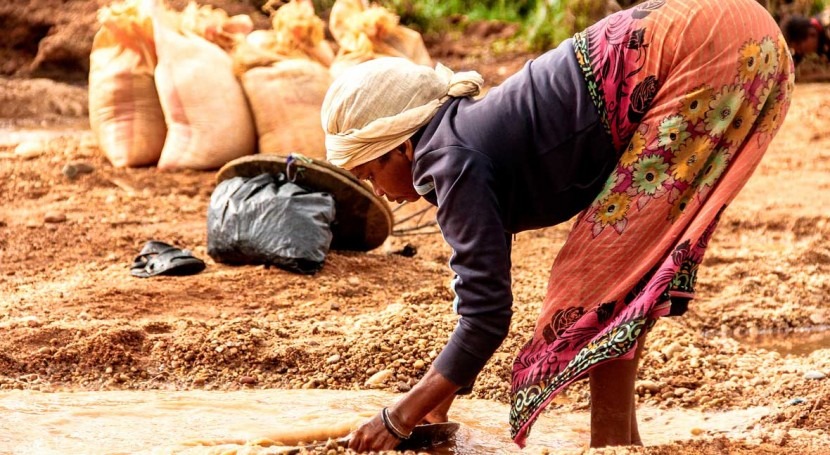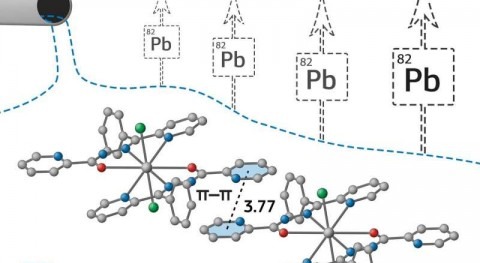A RUDN geographer used an economic model to calculate the costs associated with the accomplishment of the U.N. Sustainable Development Goals (SDGs) on water supply and sanitation. The model has demonstrated that by 2050, these goals can be achieved even with relatively moderate costs as compared to the entire global GDP, especially when compared to the relative economic costs that can result from inaction. The work was published in the journal Ecological Economics.
In 2015, the U.N. adopted 17 global SDGs that member states plan to achieve by 2030. These include combating water scarcity, poor water quality and inappropriate sanitary conditions.
Naci Dilekli from the RUDN Institute of Space Technology and his colleague Ignacio Cazcarro from University of Zaragoza investigated the costs associated with providing the world's population with clean water and access to sanitation by the target date. They used an economic model to analyze three key scenarios. The first one was tested between the years 2011 and 2015 based on the hypothetical achievement of the U.N. Millennium Development Goals (MDGs), which were adopted in 2000 before the adoption of the SDGs. The second scenario was based on the actual historical conditions as a baseline between the years 2011 and 2015; the third one was designed to test the conditions for achieving the SDGs in the field of sanitation and water supply between the years 2015 and 2030.
In each scenario, the scientists considered four main variables: access to clean water (basic or controlled), per capita GDP growth, population growth (low, medium, high) and the use of new technologies.
According to the estimates, the costs required to achieve the goals will increase from $62 billion in 2015 to $135.4 billion by 2030 (in 2015 prices). However, with technological convergence—combining various technologies and improving the existing ones—global spending to achieve the goals should amount to $3.4 trillion, which accounts for only 0.24 percent of the global GDP on average. North Africa and Central Asia, as well as East Asia, South America, China and South Asia will have the highest expenses.
Some rich regions, in spite of the low level of required infrastructural investments, are likely to get extra income due to trade and production transfer to areas with low cost of resources. Thus, the implementation of the SDGs will provide benefits both for the countries that can expand access to water and sanitation services, and for those that can profit from the widespread use of resources and rent in deficiency conditions.
Professors Dilekli and Cazcarro have concluded that the U.N. SDG targets on water and sanitation could be accomplished by 2030 with moderate costs against global GDP. Regarding the costs incurred, including those associated with increased use of production factors, RUDN researchers estimate the annual extra costs required to achieve the SDGs at about $100 billion.





